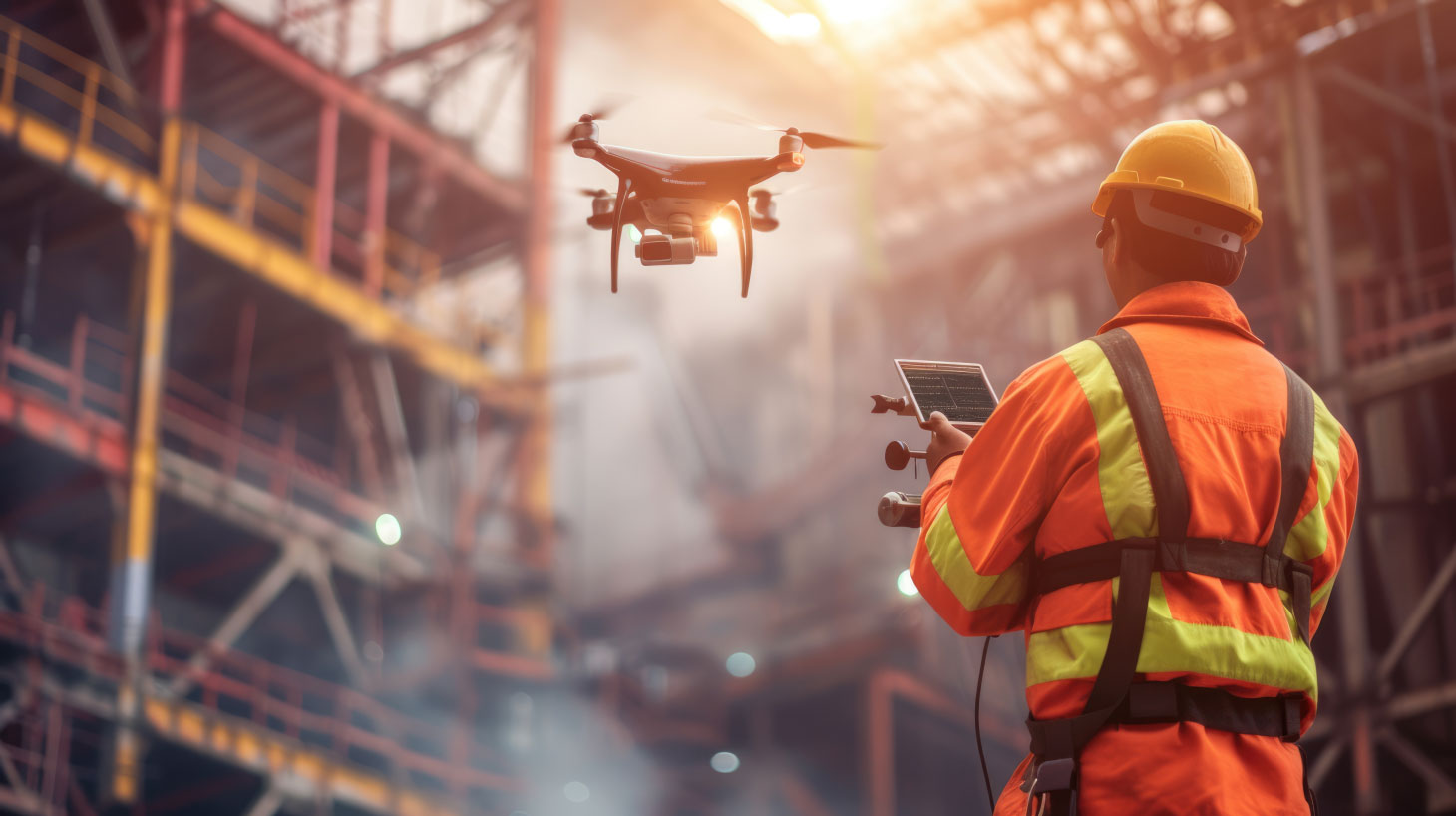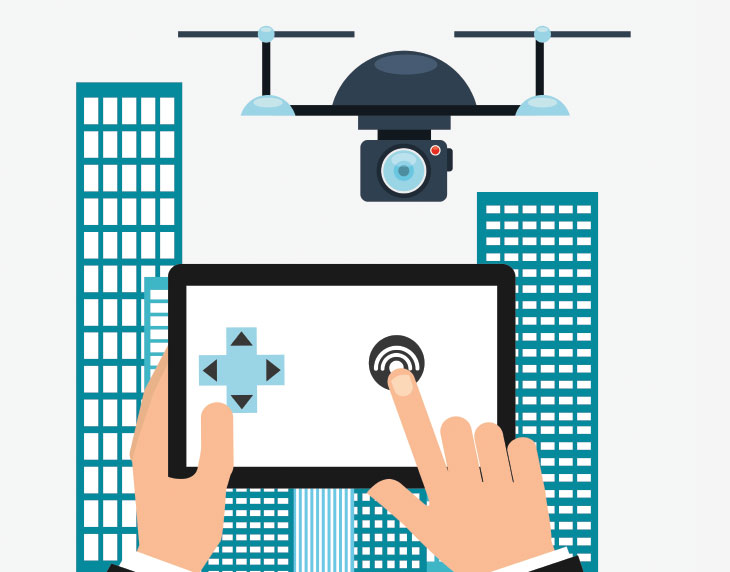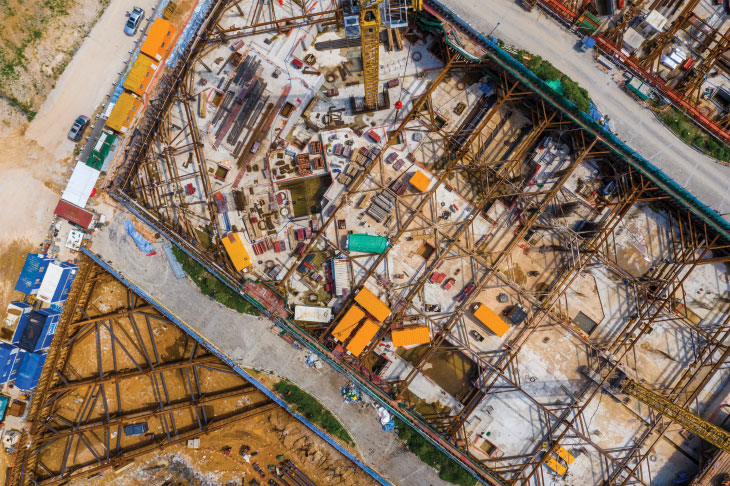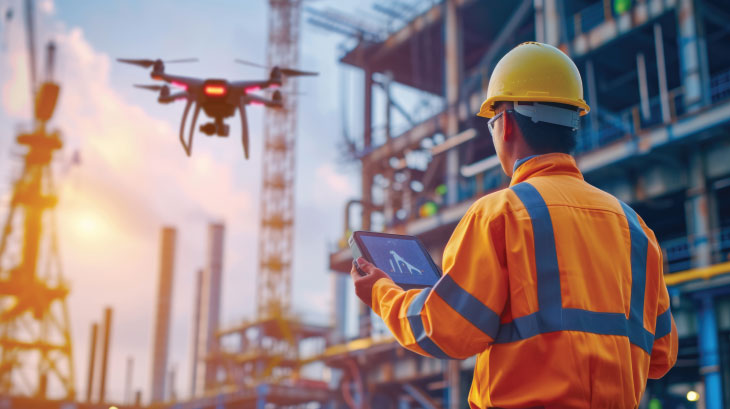
The construction industry is undergoing a technological shift, and drones are playing a leading role in that transformation. From mapping jobsites to improving safety and reducing theft, drone technology is reshaping how projects are managed – particularly in sectors that demand high precision and efficiency, such as deep foundations.
While the benefits of drone technology in construction are evident, so are the risks. Without a comprehensive insurance strategy, an unforeseen accident, equipment loss or contractual oversight can swiftly negate any advantages. This is where Acera Insurance’s expertise becomes crucial.
“It is very much an evolving sector, but there is a lot of opportunity for drones to be used in the construction industry,” said Aliya Daya, a senior client executive at Acera Insurance who specializes in new business and leads the company’s national mixed specialties practice. There are a few core uses. There is your basic site surveying and mapping. There is progress monitoring of any one construction project. There’s also the usage of drones in inspecting hard-to-reach areas, as well as in the areas of safety and security … and additionally, with inventory and asset management.”
Drones on the jobsite
Deep foundations projects often involve complex terrain, heavy equipment and intricate engineering challenges. Traditional surveying methods can be time-consuming and sometimes unsafe, but drones are making a difference. “Drones equipped with LiDAR or photogrammetry technology cameras can rapidly capture topographic data. So, there’s a return in time and energy investment,” Daya said. This technology allows engineers and project managers to generate highly accurate maps and models much faster than ground crews, minimizing downtime and avoiding costly delays.

Progress monitoring is another advantage. “You can have regular drone flyovers, which provide timestamped imagery that can be overlaid to track progress against project timelines,” she said.
For contractors working under tight schedules, this kind of data can improve accountability and streamline communication with clients and project owners. Drones also help reduce human exposure to hazards. “From inspecting hard-to-reach areas, drones can access things like rooftops and scaffolding and under-bridge areas with a lot more ease, and it reduces the need for ladders, lifts or human risk exposure,” Daya said.
Enhancing safety and security
High-value equipment and materials are often left on construction sites for extended periods, making them vulnerable not only to accidents, but also to theft. “A lot of theft happens when sites are fallow, so there’s no activity happening, or it’s after hours. Drones have been utilized in various capacities to protect the inventory and assets that are on a site,” Daya said. She also says that some large industrial projects now use automated drones programmed to fly set routes repeatedly, monitoring for intrusions and deterring theft.
“Drones equipped with LiDAR or photogrammetry technology cameras can rapidly capture topographic data. So, there’s a return in time and energy investment.”
Aliya Daya, Acera Insurance
Beyond theft prevention, drones play a proactive role in supporting safety protocols in real time. Equipped with thermal or infrared sensors, they can detect open trenches, unsafe worker behaviour or even missing PPE. This proactive monitoring can prevent incidents before they escalate, providing a sense of security and protection for both workers and contractors.
The insurance side
With new technology comes new liability. In Canada, Transport Canada regulations require drone operators to carry a minimum of $100,000 in liability insurance. However, this is just a starting point and may not fully cover potential claims or damages. “Transport Canada only mandates a minimum $100,000 limit. I would suggest that it is nowhere near adequate. Generally speaking, we are insuring our clients for a million to two million in liability,” she said.
In addition to liability insurance, contractors should consider hull coverage, which insures the drone itself against physical loss or damage, and payload coverage, which protects high-value equipment, such as cameras and sensors, that may be attached to the drone. Drones can have a wide range of values, from several thousand to over a million dollars, so ensuring both the drone and its specialized attachments are protected can prevent significant financial losses.

“The first [mistake] is not getting insurance altogether. A lot of [contractors] forget that it is required,” Daya said. “Additionally, I would say failing to insure the actual physical equipment itself or the hull coverage. Oftentimes, you don’t realize what can happen in the air to a drone. It can hit a bird, or it can hit scaffolding accidentally. It can hit a crane. And so there will be damage, especially if you’ve got a high-value, specially equipped drone.”
Cost savings and ROI
While the initial investment in drone technology or subcontracting drone services may seem like an added expense, contractors often find that the return on investment is surprisingly quick. “Generally, there are efficiency gains, which result in cost savings,” Daya said. “If you think about it from the perspective of faster data collection, you get up to five times faster data collection than manual methods. So, there’s a cost savings associated with that.”
“From inspecting hard-to-reach areas, drones can access things like rooftops and scaffolding and under-bridge areas with a lot more ease and it reduces the need for ladders, lifts or human risk exposure.”
Aliya Daya, Acera Insurance
She also points to reduced rework and fewer change orders thanks to early detection of construction errors. Depending on the scope, savings can range from 10 to 50 per cent. “Additionally, there’s also lower surveying costs. So once equipment is acquired or contracted, recurring costs drop significantly compared to traditional survey teams,” she said.
Accessibility for contractors
Some small and mid-sized contractors assume drones are out of reach, but Daya disagrees. “Most small contractors utilize drones in whatever capacity that they have chosen by subcontracting that work out to a qualified third party. It is very accessible, it is very affordable depending on the scope of the work contracted,” she said.
For larger players in the deep foundation industry, drones are already becoming the standard. “Especially if you have industrial projects like oil and gas and mining and building of manufacturing facilities, building [municipal], provincial and federal infrastructure, it’s almost a requirement that you have some kind of component where a drone is being utilized,” Daya said.
The future of drones in construction jobsites
Daya says drone use in construction is expected to increase exponentially. “It’s going to be incorporated more and more into all aspects, especially in construction. Because there is such a return on efficiency, on safety and on compliance,” said Daya. Artificial intelligence is also set to redefine what drones can do, she says. “You can have a drone over a site. And if you can automate the detection of safety violations, it would report down right away. It would send that data to whomever with an iPad on the [jobsite]. It can do that right away.”

Other advances include autonomous flight plans and real-time integration with building information modeling systems, ensuring up-to-the-minute project data is always available. These innovations could soon become standard for large projects.
Expert guidance matters
For contractors considering drones for the first time, Daya’s advice is simple: don’t do it alone. “Find and locate an insurance broker that understands aviation liability, as well as understands technology and the construction industry,” she said.
Because drones sit at the intersection of aviation, construction and technology, the risks are complex. Contractors need insurance partners who understand those nuances – and who can anticipate future regulatory and technological changes. Contractors ready to leverage the advantages of drone technology should take the next step: consult with a specialized insurance advisor who understands the evolving intersection of aviation, construction and technology.